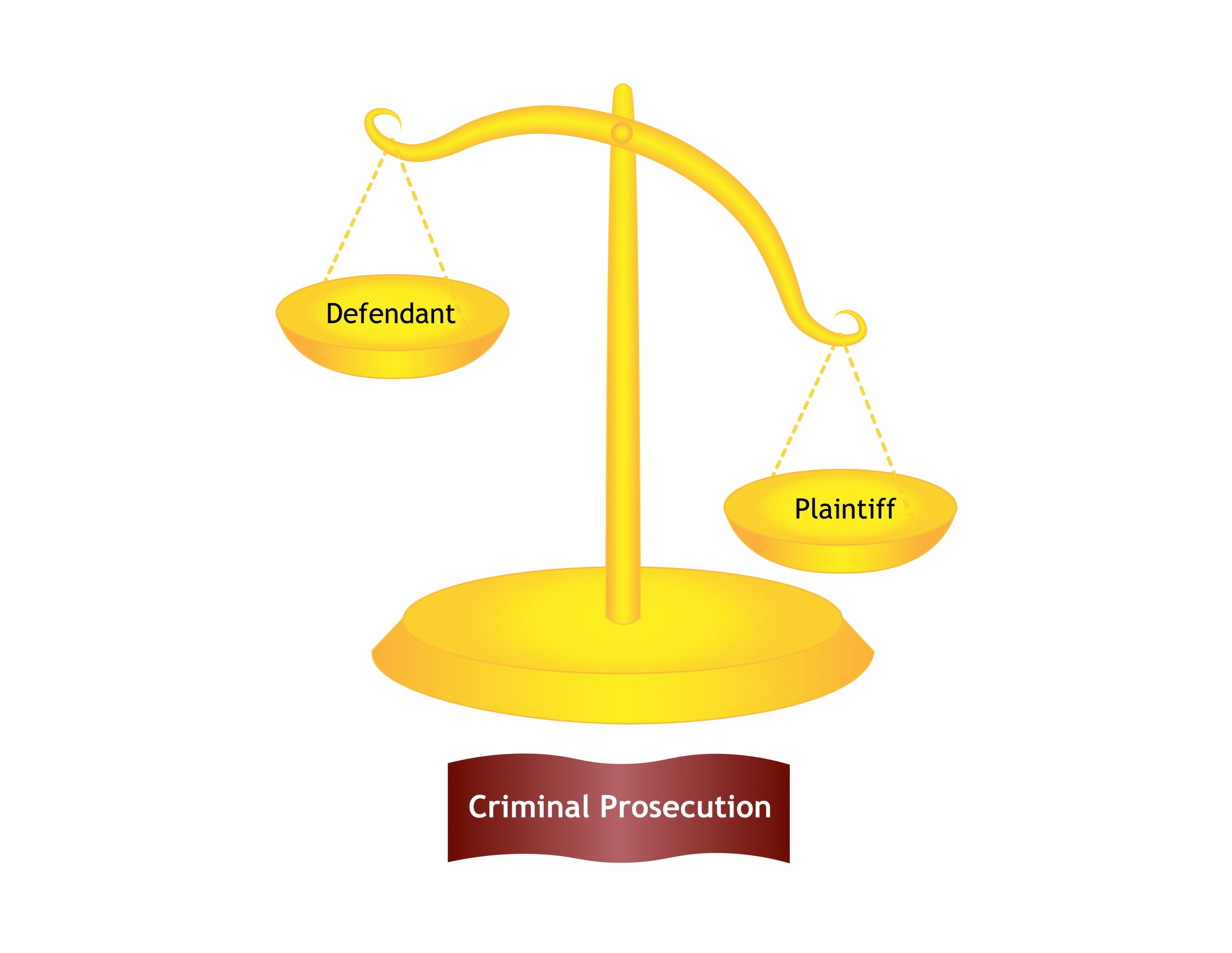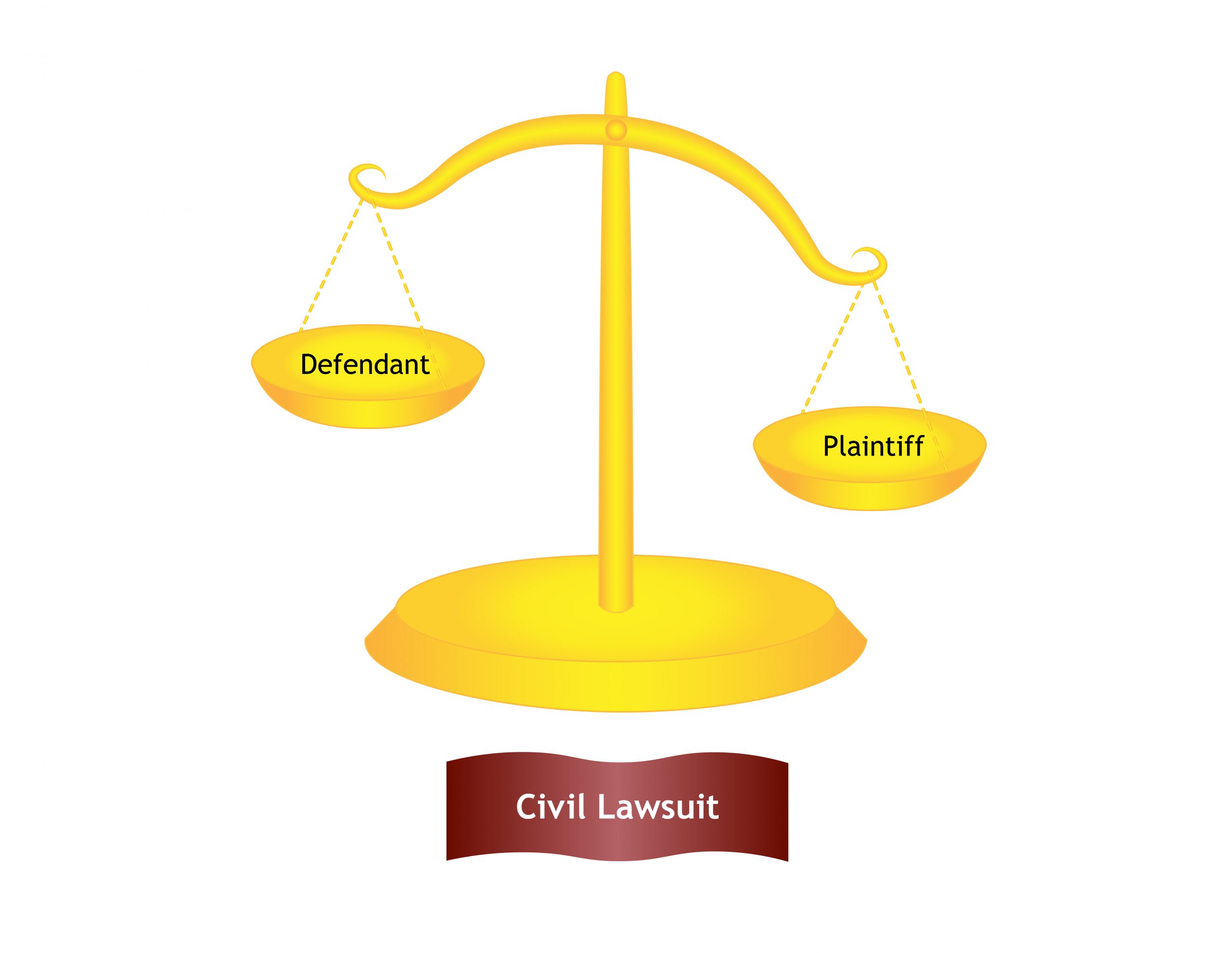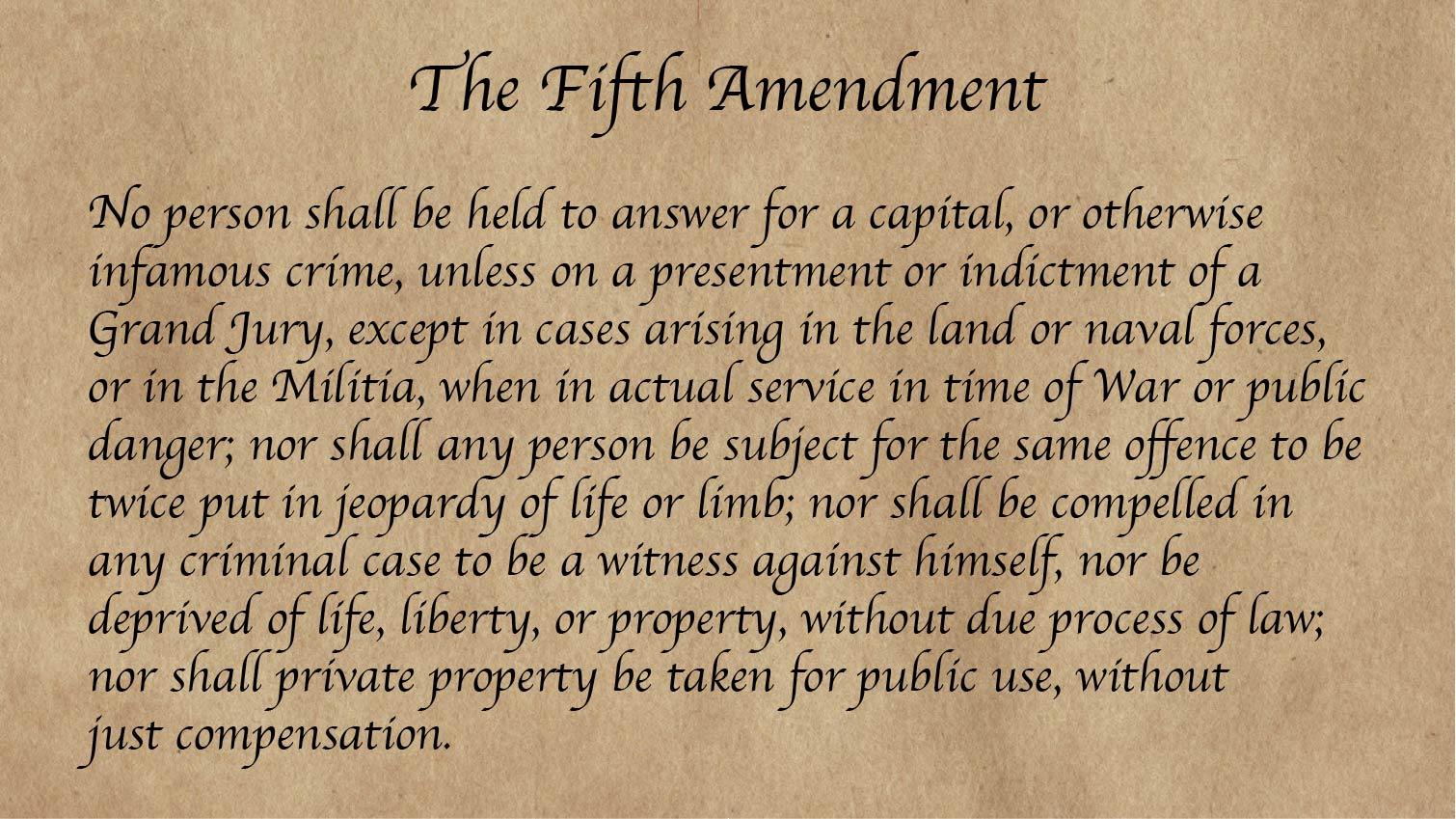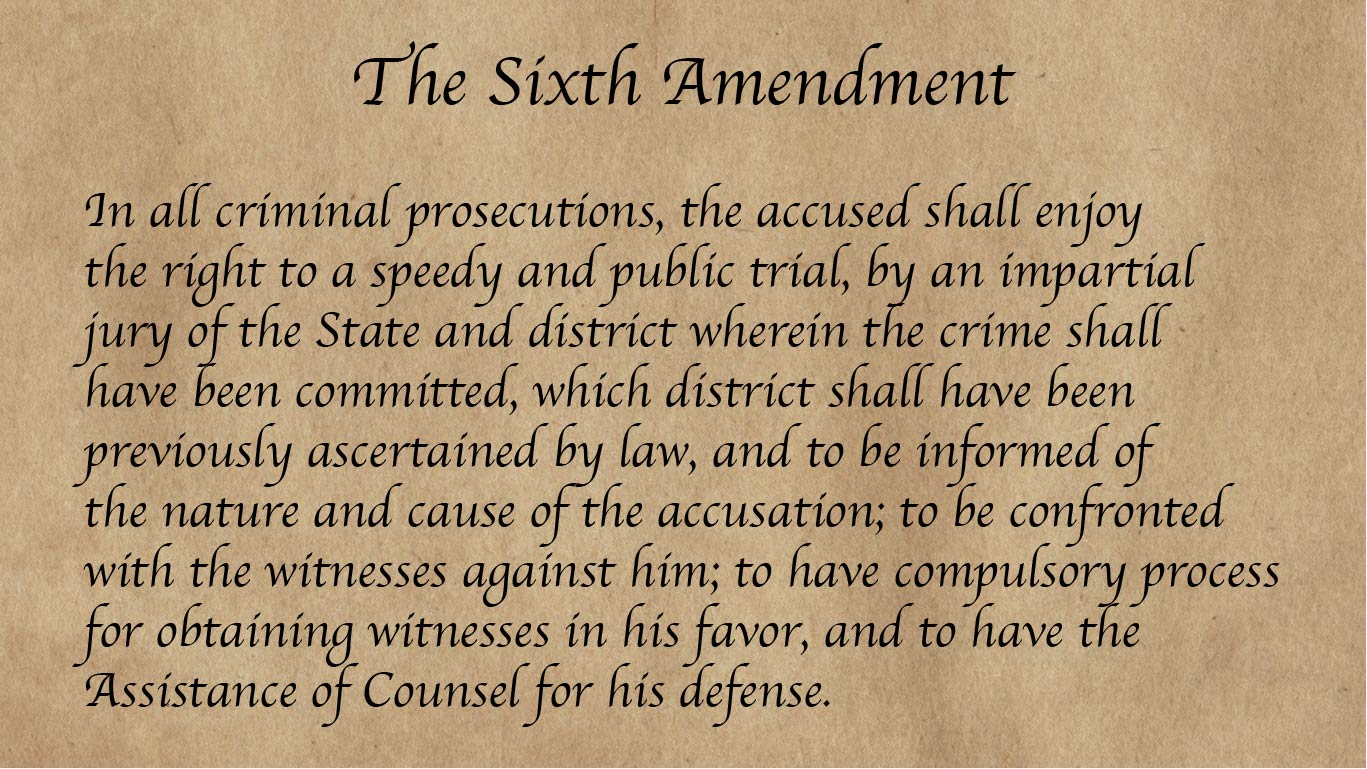8
8.1 Introduction
LEARNING OBJECTIVES
- Understand what crime is and learn about common business crimes.
- Compare and contrast the differences between criminal law and civil law.
- Understand the constitutional protections given to those accused of committing a crime.
- Explore the exceptions to the Fourth Amendment’s warrant requirement.
A crime is a social harm that the law punishes. At the most basic level, criminal statutes reflect the rules that must be followed for a civil society to function. Like individuals, businesses can be both victims and perpetrators of crime.
Crime affects businesses both from outside and inside the organization. Criminal activity “from the outside” may include property damage, theft, shoplifting, corporate espionage, fraud, and arson. Threats “from the inside” may include crimes such as embezzlement, computer crimes, and fraud. Moreover, businesses must also protect themselves from the bad judgment and behavior of their employees. If an employee acting within the scope of employment commits a crime from which the business will benefit, then the business can be convicted of the crime, too. Businesses may actively perpetrate crime, through a bad corporate culture or through organized crime, such as money laundering.
8.2 The Nature of Criminal Law
When crime occurs in the context of business, some people think that no one is “really” injured. When an insurance company has to pay for a claim arising from a crime, the insurance company is injured, as are the victim and society at large. Crime undermines confidence in the social order and public safety. No crime is victimless.
In general, a crime requires someone to (1) commit a criminal act, known as actus reus, and (2) possess the required criminal state of mind, or mens rea. Therefore, intent to commit a crime, without more, is not enough to convict someone. For example, if an accountant thinks about stealing money from her company but does not take any steps to do it, then no crime has been committed. Similarly, if an accountant makes a mistake and transfers money inappropriately between accounts, he has not committed fraud unless he had the required criminal state of mind.
Strict liability crimes are an exception to the mens rea element. Strict liability crimes are acts that the legislature defines as social wrongs that do not need proof of the defendant’s intent to complete the act. For example, speeding while driving a motor vehicle, possession of child pornography, and sale of tobacco and alcohol to minors all carry criminal liability without the government needing to prove the defendant’s intent.
Criminal Law versus Civil Law
Criminal law differs from civil law in several important ways.
| Criminal Law | Civil Law |
|
|
|
|
|
|
|
|
|
|
Because crimes are public injuries, they are punishable by the government. It is the government’s responsibility to bring charges against criminals. In fact, private citizens may not prosecute each other for crimes. When a crime has been committed, the government collects the evidence and files charges against the defendant. When someone is charged with committing a crime, he or she is charged by the government in an indictment.
Our civil tort system allows victims to bring a civil suit against someone for injuries inflicted upon them. Indeed, criminal laws and torts often have parallel causes of action. Sometimes these claims have the same or similar names. For instance, a victim of fraud may bring a civil action for fraud and may also be a witness for the government during the criminal trial for fraud.
Burden of Proof
In a criminal case, the defendant is presumed to be innocent unless he or she is proven guilty. This presumption of innocence means that the government must prove the case against the defendant before it can impose punishment. If the government cannot prove its case, then the person charged with the crime must be acquitted. This means that the defendant will be released, and he or she may not be tried for that crime again. This important protection from double jeopardy is guaranteed by the Fifth Amendment.
The prosecution has the burden to prove its case beyond a reasonable doubt. This means that the evidence must be so compelling that no reasonable doubt exists as to the defendant’s guilt. The defendant does not have to prove anything, because the burden is on the government to prove its case. It is useful to think of the criminal standard of proof—beyond a reasonable doubt—as something like 95 percent certainty, with 5 percent doubt. Perhaps there is some doubt about the precise time of day or the victim’s exact words to the defendant. However, there is no doubt about the essential elements of the crime, such as the defendant’s identity as the perpetrator of the crime, his or her mens rea, and the actus reus.
Figure 8.1 Burden of Proof in Criminal Trials

Compare this to the standard of proof in a civil trial, which requires the plaintiff to prove the case only by a preponderance of the evidence. This means that the evidence to support the plaintiff’s civil case is greater than the evidence that does not. Preponderance of the evidence could mean 51 percent in favor of the plaintiff’s case, and 49 percent in doubt. Therefore, it is much more difficult to prosecute a criminal defendant than to bring a successful civil claim. Since a criminal action and a civil action may be brought against a defendant for the same incident, these differences in burdens of proof can result in verdicts that seem, at first glance, to contradict each other. For example, O.J. Simpson was acquitted of murder in a criminal trial because the government did not prove to the jury that he committed the crimes beyond a reasonable doubt. However, a different jury found O.J. Simpson liable for wrongful death in a subsequent civil action.
Figure 8.2 Burden of Proof in Civil Trials

This extra burden reflects the fact that the defendant in a criminal case stands to lose much more than a defendant in a civil case. Although no one wants to lose assets in a civil case, the loss of liberty through imprisonment is a more significant loss. Therefore, more protections are given to a criminal defendant than are given to defendants in civil proceedings. Because so much is at stake in a criminal case, our Constitutional due process requirements are very high for defendants in criminal proceedings.
Due process procedures vary depending on the type of penalty that can be levied against someone. For example, in a civil case, the due process requirements might simply be notice and an opportunity to be heard. If the government intends to revoke a professional license, then the defendant might receive notice by way of a letter, and the opportunity to be heard might exist by way of written appeal. In a criminal case, however, the due process requirements are higher. For example, a criminal defendant is entitled to confront all witnesses against him or her, and to see the evidence the prosecution intends to introduce at trial. More protections must be in place because a criminal case carries the potential for the most serious penalties.
Classification of Crimes
Felonies versus Misdemeanors
Crimes are generally classified as either felonies or misdemeanors. Felonies are serious crimes punishable by a year or more in prison. These type of crimes include fraud, arson, homicide, and most other crimes that are mentioned in news headlines. Misdemeanors are less serious crimes that are often punishable by fines, probation or time served in jail pending conviction. Examples of misdemeanors include trespassing, vandalism, and failure to report for jury duty.
White-Collar Crime Versus Blue-Collar Crime
White-collar crime is a term used to describe nonviolent crimes committed by people in their professional capacity, or by organizations. These crimes are committed for financial gain, often through deception. White-collar crimes are not typical street crimes, like burglary or robbery, and they are not personal crimes, like murder or rape. White-collar criminals frequently commit their crimes on the job, in broad daylight, while sitting at a desk. For example, Bernie Madoff was sentenced to 150 years in prison for stealing $20 billion in a Ponzi scheme that had $65 billion in fabricated gains.
Blue-collar crime is a generic term used to describe crimes that are more traditional street crimes. In business, property crimes (rather than crimes against people) are a primary concern. A property crime is a crime involving damage to property, while a person crime is a crime involving injury to a person’s body. Examples of blue-collar crime that often affect businesses include shoplifting, vandalism and destruction of property.
8.3 Constitutional Rights and Defenses
A person accused of a crime has rights guaranteed by the US Constitution to ensure the federal government does not unfairly prosecute them. The Bill of Rights–especially the Fourth, Fifth, Sixth, and Eighth Amendments–list the rights of criminal defendants. The Fourteenth Amendment makes these rights applicable to defendants accused of crimes by state governments. In addition, most states have constitutions that have similar protections.
Fourth Amendment
Figure 8.3 Language of the Fourth Amendment

The Fourth Amendment prohibits illegal searches and seizures. If evidence is obtained in violation of the Fourth Amendment, it cannot be used against the defendant in a court of law. For Fourth Amendment requirements to be met, law enforcement officers (the Executive Branch) must obtain a search warrant from a judge (the Judicial Branch) to search a specific area or person for specific items. A search warrant is issued only when a judge determines that probable cause exists. Probable cause exists when the known facts and circumstances would lead a reasonable person to believe that an item sought by the warrant is contraband, is stolen, or is evidence of a crime.
If a valid search warrant is issued, then law enforcement may search the area identified in the warrant for the named item(s) or person. Even if there was no warrant, the items found may still be admissible as evidence. This is because several exceptions to the requirements for a search warrant exist to help law enforcement protect the public and stop crimes as they occur.
| Warrant Exception | Example |
|
Officer is lawfully in store parking lot and sees stolen goods for sale in store window. The officer can seize the items without a warrant. |
|
Officer sees man running down the street with a purse while witnesses are yelling that he stole the purse from a woman on the sidewalk. Officer can seize the man and purse without a warrant. |
|
Officer responds to suspected drug deal and hears toilet flushing repeatedly and quickly. Officer may enter bathroom and seize drugs. |
|
Officer responds to a situation where someone may be injured. Officer may enter premises to locate and help injured person. |
|
Officer may ask permission to search area that a person owns or controls. If the individual says “yes,” then officer can lawfully search. |
|
Officer may do a protective sweep of a suspect’s clothes and immediate area for weapons and contraband within the suspect’s reach to protect the officer’s physical safety. |
|
Once someone is placed under arrest, an officer may search them for weapons and contraband. Officers will also do an inventory search upon arrival at the jail. |
Two other common exceptions are the automobile exception and stop and frisk exception. The automobile exception means that the passenger compartment of an automobile may be searched if the car has been lawfully stopped. When a police officer approaches a stopped car at night and shines a light into the interior of the car, the car has been searched. No warrant is required. If the police officer spots something that is incriminating, it may be seized without a warrant. Similarly, if someone is stopped lawfully, that person may be frisked without a warrant. This is the stop and frisk exception to the warrant requirement. Both of these exceptions are based on officer safety, but are often labeled based on the circumstances of the search.
In the business context, it is also important to note that some administrative agencies may conduct warrantless searches of closely regulated businesses, such as junkyards, where stolen cars may be disassembled for parts that can be sold.
Fifth Amendment
Figure 8.4 Language of the Fifth Amendment

The Fifth Amendment guarantees four important rights:
- The right to avoid self-incrimination;
- The right to due process so that all court proceedings are fundamentally fair;
- The right to be indicted by a grand jury for capital offenses and infamous crimes; and
- The right to be free from double jeopardy.
The Fifth Amendment guarantees that people can choose to remain silent. No one can be compelled to testify against himself or herself or to make self-incriminating statements. If a person does not want to cooperate with the government’s investigation and prosecution of a crime, he or she does not have to. During trial, the prosecution cannot comment on a defendant’s silence and it cannot be used as evidence of guilt against the defendant.
The prohibition against double jeopardy means that a person cannot be tried twice for the same offense by the same governmental body. This prevents the government from harassing individuals with endless prosecutions until they find the “right” jury that is willing to convict. It also requires the government to do its job well the first time it prosecutes a case.
Sixth Amendment
Figure 8.5 Language of the Sixth Amendment

The Sixth Amendment entitles a criminal defendant to:
- A speedy trial;
- A trial by jury;
- A public trial;
- An attorney; and
- The right to confront witnesses.
The purpose of the Sixth Amendment is to ensure transparency in criminal proceedings so the government cannot selectively prosecute dissidents or employ unfair tactics. Defendants are entitled to an attorney during any phase of a criminal proceeding where there is a possibility of incarceration. This means that if a defendant cannot afford an attorney, then one is appointed for him or her at the government’s expense.
Eighth Amendment
Figure 8.6 Language of the Eighth Amendment

The Eighth Amendment prohibits cruel and unusual punishment and excessive fines and bail. Simply put, the Eighth Amendment is an anti-torture amendment. It also prohibits jails from being used against the poor as was commonly practiced in Europe at the time the Constitution was written.
Defenses
Under the exclusionary rule, any evidence the government acquires illegally may not be used at trial. This rule prevents governmental misconduct during the investigation of crimes. The theory is simple: if law enforcement and prosecutors know that illegally obtained evidence cannot be used in court, they will not be tempted to make improper searches or engage in other illegal behavior. The exclusionary rule is one of the most powerful limits on the police power of the government.
Because the exclusionary rule is intended to prevent law enforcement from intentionally overstepping its authority, an exception exists to the rule for when the police act in good faith. Therefore, the exclusionary rule does not protect individuals and businesses from all governmental errors. Instead, it prevents intentional misconduct.
If someone is subject to a custodial interrogation, he or she must first be informed of their Miranda rights. These rights are usually stated as:
You have the right to remain silent. Anything that you say can and will be used against you in a court of law. You have the right to an attorney. If you cannot afford an attorney, one will be provided to you by the state. Do you understand your rights?
The purpose of the Miranda warnings is to ensure that people understand their constitutional rights so they make informed decisions about whether to speak with law enforcement.
Entrapment is another defense available to people accused of crimes. Entrapment means that the criminal intent originated with the police, and therefore the mens rea of the crime cannot be placed on the defendant. Essentially, the rule against entrapment limits the ability of the police to play the role of criminals during undercover investigations. For example, if the police provide a drug dealer with the opportunity to sell drugs to an undercover agent, there is no defense of entrapment because the dealer had the mens rea to commit a crime regardless of the identity of the buyer. However, if the police knock on someone’s door who is not known to be a drug dealer and continues to demand drugs until the person cannot resist and sells the police drugs, then entrapment occurs.
8.4 Common Business Crimes
Each jurisdiction has the power to define what a crime is. Therefore, criminal laws can vary between states and federal governments. However, there are some common crimes that affect businesses across jurisdictions.
Fraud is the use of deception to acquire money or property. Securities fraud is when someone uses deception to circumvent the regulations or statutes interpreted by the US Securities and Exchange Commission (SEC) to acquire money or property. Goldman Sachs was charged with securities fraud when it misrepresented material facts to investors to gain financially.
Financial institution fraud is fraud against banks and other similar institutions, such as credit unions. The IRS investigates financial institution fraud. Cases of financial institution fraud can involve people who commit money laundering and those who falsify tax documents, or profit and loss statements, to gain funding from banks.
A Ponzi scheme is a fraudulent pyramid scheme, where innocent people pay in to participate. Those at the top of the pyramid may receive something that appears to be a return on their investment (ROI), but those at the bottom do not. Those who operate Ponzi schemes generally solicit investors, and those who invest in such schemes are expecting a legitimate ROI. However, the head of the Ponzi scheme keeps his early investors happy by bringing in new investors, whose money he gives to the old investors as their ROI. This allows the Ponzi scheme to continue, because it appears from the outside that investors are receiving a legitimate ROI. The problem is that the capital contributions eventually disappear, since they are never invested but are simply used by the head for his own purposes, including paying investors with fake ROI payments as necessary. Pyramids will eventually collapse under their own unsustainable structure. Bernie Madoff was convicted of running the largest known Ponzi scheme that defrauded investors of approximately $65 billion.
Embezzlement occurs when someone takes property that was in his or her possession lawfully and then converts it to his or her own use. Embezzlement often happens by people who are in a position of trust over the assets of another person. This includes financial advisors, brokers, accountants, lawyers, and guardians. Embezzlement strategies can involve forgery, which is counterfeiting a document or someone else’s signature.
Embezzlement differs from larceny, because larceny requires the trespassory taking of property with the intent to deprive the owner of the property. In other words, in a larceny, the thief is not supposed to have possession of the property to begin with. For example, larceny includes shoplifting and basic theft of personal property.
It is illegal to make false statements or engage in a cover up during dealings with the federal government. Making False Statements is a crime that is often easier to prove against a defendant than a more complex crime that is being investigated. For example, Martha Stewart was investigated for insider trading. Although the insider trading charges were dismissed, Martha Stewart was convicted by a jury of making false statements because she lied to officers during the investigation. As a result, she served five months in prison.
RICO
The Racketeer Influenced and Corrupt Organizations Act (RICO) is a federal statute that was passed to prevent gangsters from taking money earned illegally and investing it in legitimate businesses. Although RICO was written to target traditional organized crime, less than 10 percent of RICO cases filed have been against the mafia. Instead, 75 percent of RICO cases involve business fraud.
A racket is a dishonest or fraudulent scheme, which usually is an organized criminal activity. The two most common rackets are protection rackets and fencing rackets. In a protection racket, a criminal offers to protect the victim from violence or destruction of property. If the victim refuses to pay for protection, then the criminal will engage in violence against the victim or destroy his or her property. In a fencing racket, a criminal will steal property from a victim then offer to resell it to them. The victim must pay for the return of his or her own property.
RICO punishes those engaged in three or more racketeering activities over a ten-year period when funds from those activities were used to maintain, operate, or acquire a legitimate business. Racketeering activities include embezzlement, mail fraud, wire fraud, loan-sharking, bookmaking, money laundering, counterfeiting, smuggling, blackmailing, arson, and other similar crimes. RICO is now used against insurance companies, stock brokerages, tobacco companies, banks, and other large commercial enterprises. If convicted, a defendant can be punished with large fines and a prison sentence of up to twenty years.
RICO also has a civil provision allowing a competitor to file RICO charges, which come with triple damages if the suit is successful. In other words, a civil plaintiff can recover a judgment for three times the harm actually suffered, as well as attorneys’ fees.
Art Cohen vs. Donald J. Trump was a civil RICO class action lawsuit filed in 2013, accusing Donald Trump of fraudulently misrepresenting the nature of Trump University. Within weeks of winning the presidential election in 2016, Trump settled this case and two others for $25 million in damages to the plaintiffs.
Many states also have organized crime statutes. State penalties often are much more severe under the organized crime statutes than they would be if the accused worked alone. For this reason, businesses and individuals need to be careful to protect themselves from another’s wrongful conduct.
8.5 Concluding Thoughts
Crime has an enormous impact on society, including business. Crime is a very important consideration in the business world. Businesses can be both victims and perpetrators of crime. Although jurisdictions may define crimes differently, there are some types of crime that businesses often face, including fraud, embezzlement, and larceny. Successful businesses must be vigilant to protect themselves from those who wish to harm them, both from inside and out.
Crime is a public injury. Criminal law can be classified both by the nature of the punishment and the type of offense it is. Criminal law differs from civil law in important ways, including who brings the claim, the burden of proof, due process, and penalties. The most important distinction is the elevated burden of proof in criminal cases. The prosecution must prove that a defendant committed a crime beyond a reasonable doubt.
Those who are accused of committing a crime are protected by the US Constitution. Important constitutional protections include the prohibition against illegal searches and seizures, self-incrimination, and cruel and unusual punishment. If the government obtains evidence illegally, it cannot use it against a defendant in a criminal trial. Criminal defendants have the right to a public and speedy trial, an attorney, and to remain silent.
